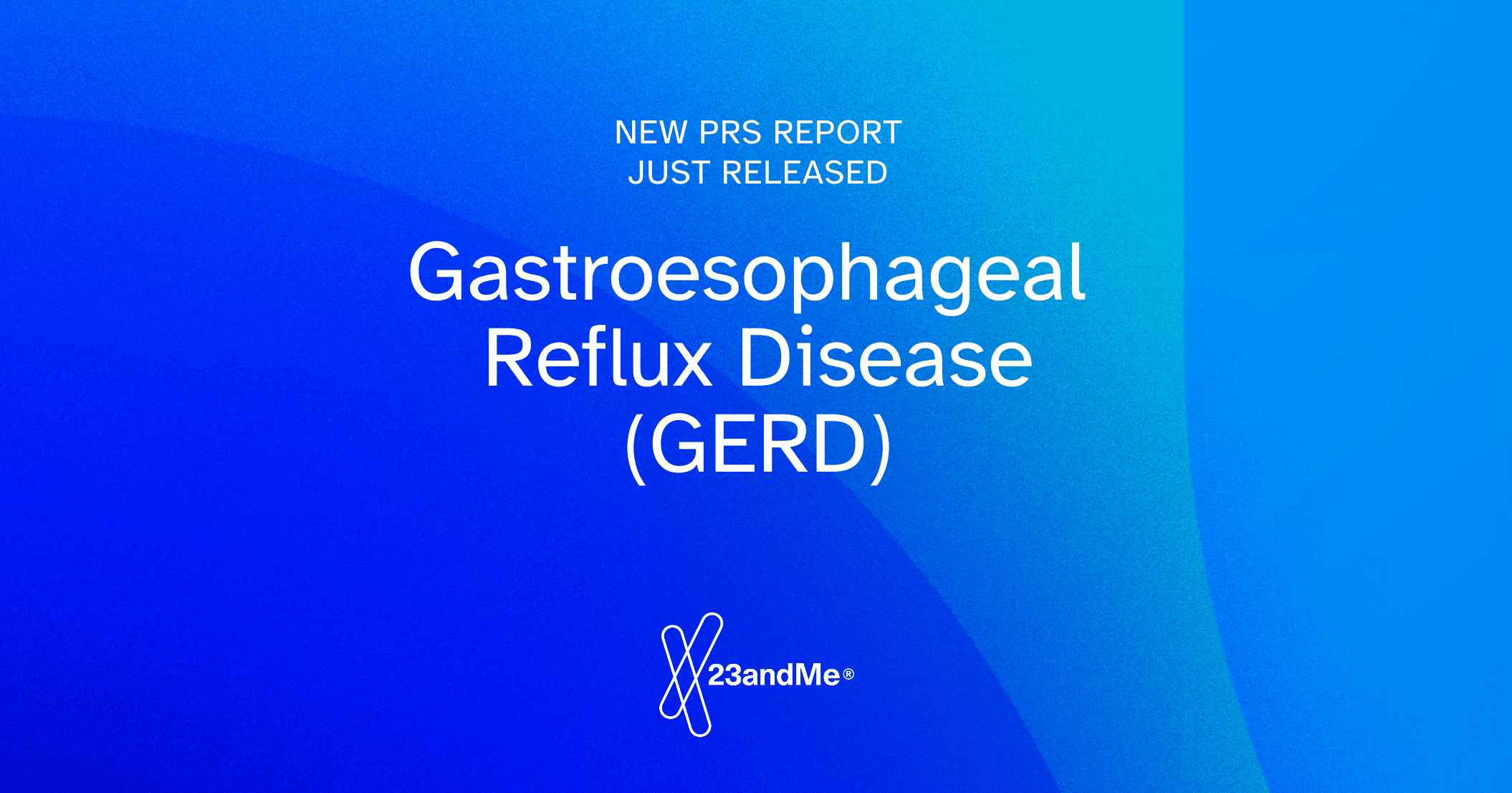A new paper in PLoS Genetics describes discoveries related to the genetics of male pattern baldness, with substantial contributions from the 23andMe community.
Early Onset Baldness
Led by Dr. Brent Richards of McGill University, the study combined genome-wide association data from seven cohorts, comparing men with “early onset” male pattern baldness with older men who had experienced little or no hair loss. The combined analysis allowed us to identify six new genetic factors associated with early onset baldness, in addition to replicating two previously known loci.

23andMe participants represented more than half of all the cases in the study — not that we have an unusual number of bald customers, it’s just that we’ve got lots of data! We also used additional data provided by 23andMe participants to show that a risk score based on genotypes at the eight associated loci strongly predicted whether someone would report early-onset male pattern baldness.
New Genetic Associations
Two new loci are in or near histone deacetylase genes HDAC4 and HDAC9. Histone deacetylases regulate the expression of other genes by modifying histones, which are proteins responsible for packaging our long strands of DNA into the tiny spaces within the middle of cells.
One mechanism cells use to regulate gene expression is to tightly bundle up and pack away the DNA of genes that should not be active and to unpack and expose the DNA of genes that should be turned on. Both of these HDAC genes are thought to have roles in the regulation of androgen hormone pathways, which are thought to play an essential role in prostate cancer and male pattern baldness. Several previous studies have linked baldness and prostate cancer risk, and our new findings may help explain these observations.
Surprising Associations with Certain Diseases
Unexpectedly, we found that one of the newly associated loci is also associated with Parkinson’s disease. 23andMe was uniquely positioned to investigate this relationship further. This is in part because of our existing Parkinson’s disease community. Many of those in our Parkinson’s research community have also taken our hair loss survey. This particular genomic region is unique because it is spanned by a large, common inversion polymorphism. That is a long stretch of DNA flipped end-to-end in many people.
A consequence of this rearrangement is that genes in this region tend to be inherited together. It is difficult to say whether the shared association is due to variation in a single gene that affects both conditions or to variation in two unrelated genes inherited together due to the inversion. We found that even after accounting for this shared association, men were still more likely to report both male pattern baldness and Parkinson’s disease than would be expected by chance. This suggests that additional shared genetic or environmental risk factors may predispose towards both conditions.
This study gives an excellent example of a relatively easy question to ask using the 23andMe customer community. However, it would be complicated in a traditional genetic research setting. These are all complex conditions with many genetic and environmental factors at play. Just because you have one condition doesn’t necessarily mean you will develop the other conditions. However, shared genetic factors between Parkinson’s disease and male pattern baldness may offer exciting avenues for research. Similarly, the link between prostate cancer and male pattern baldness provide hints at possible mechanisms.



